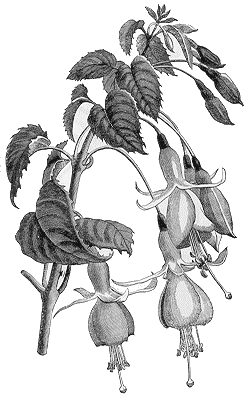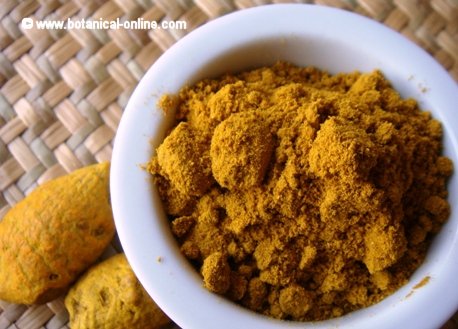Contents
Drugs from opium
What is opium?
Opium is obtained from the dry latex, extracted by making an incision on the walls of the poppy capsule.
How is opium consumed?
There are three different ways of consuming opium:
– As a product to be smoked (Chandoo): It requires a manipulation consisting in drying the latex, melting it and ending with a fermentation process with the fungus Aspergilus niger during a year. This is the way it is mainly consumed.
-It can also be ingested without being transformed into chandoo, as it usually occurs in Muslim countries.
-Sometimes opium plant is being eaten completely, like in the case of Persian kenaar.
History of opium?
There are some historical clues about its use as analgesic in Egyptian empire in 1500 AC. Muslim expansion propagated it in Middle East in VII Th. Century, reaching India.
Mongolia monopolized the trade for long, carrying it to China.
Later, in XVIII Century, fostered by the economic profits of the British Empire, it was broadly established as a plague in China, affecting millions of smokers not only in that country but in America and Europe, too.
It is worth mentioning the dependence on laudanum, a pharmacological preparation based on opium extract, mixed with saffron and wine. The syringe discovering brought new strength to the opium derivatives.
What are the main opium derivatives?
The main products derived from opium are:
– Morphine: It is a substance made of colorless or whitish crystals discovered by the German Friedrich Sertürner. I was mainly used during the French- Prussian war in XIX Century to relieve pain. Later, it became fashionable in French Bourgeoisie.
It has been used as a strong analgesic in medicine, but also in those cases when internal hemorrhage or traumatic shock is present. Moreover it is considered a good sedative and emetic, being administered intravenously although ingestion is also possible. However, in long usage it produces the following side effects: thyroid and pancreatic alterations, injuries in nervous, circulatory and respiratory systems, skin dryness and anxiety.
– Heroine: A synthesis drug derived from opium in 1806 by German Dreser. Initially it achieved spectacular success in tuberculosis treatment. But, when tested as a replacement for morphine side effects, it proved a great failure.
It is a drug that requires higher doses with little lasting effects. Besides being compelled to get it at any expense (I’s a very expensive drug), the consumer is subjected to the obnoxious effects it produces in the body (heavy injures on rachidial bulb) and the danger of being exposed to the product adulteration.
– Codeine: (C18H21NO3H2O,) ether derived from opium, extracted from opium by the French Chemist Pierre-Jean Robiquet, with similar properties to morphine although less strong and addictive. It melts when reaching 157 º C.
It is used as an antitussive, antispasmodic and sedative by means of syrups. It can be obtained from opium or morphine.
Effects of opium or drugs derived from opium?
All of them are characterized, apart from preventing diarrhea and coughing, in creating euphoria and isolating the consumer from the surrounding world. They are all included within the addictive drugs with the following symptoms:
1) Compulsive need of consumption.
2) Tolerance phenomenon: The need to consume greater doses. (The body becomes accustomed to the drug and requires greater doses to achieve the same effects)
3) Inability to get rid of the drug. It is know as the “abstinence syndrome” which can be described as the physically negative reactions the body experiences when deprived from the drug it was accustomed to for a certain time. Among other we could mention the following: trembling, vomiting, diarrhea, body aching, strong perspiration, nervousness, sleepiness, etc.
Consequences of taking opium or drugs derived from opium?
A prolonged use of theese addicting drugs produces a body deterioration in the respiratory and circulatory system and loss of weight as a result of nutrition disorders.
How to treat this type of drug addiction?
– Methadone: Synthesized as an analgesic since the World War II, it has been used from the sixties on to fight heroine addiction. It seems that the daily use may be the cure to addiction since it is a drug that, unlike heroine or morphine, does not produce to the consumer the psychological feeling of euphoria, neither the tolerance phenomenon nor the abstinence syndrome.
![]() More information about plants cultivation.
More information about plants cultivation.








